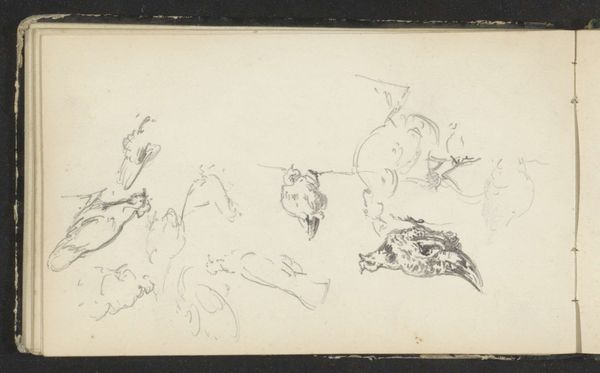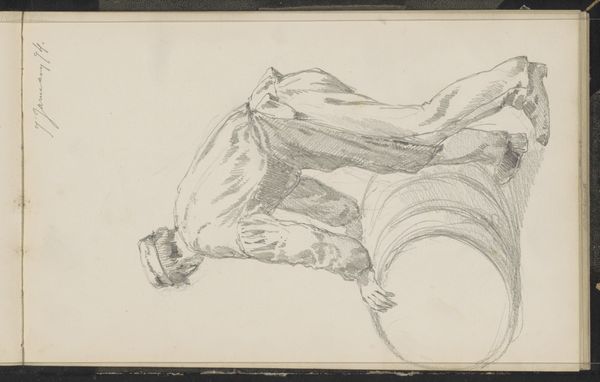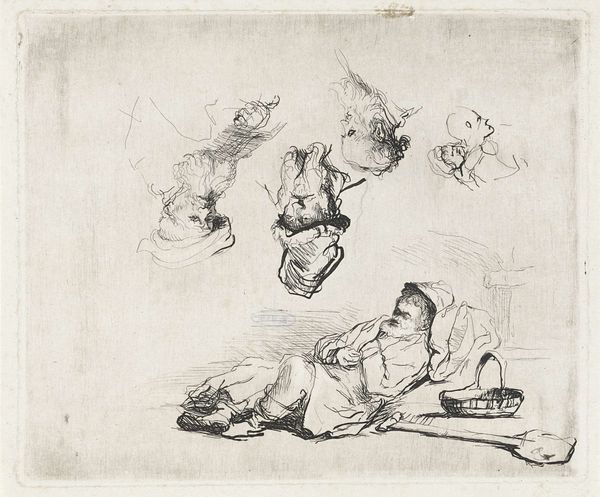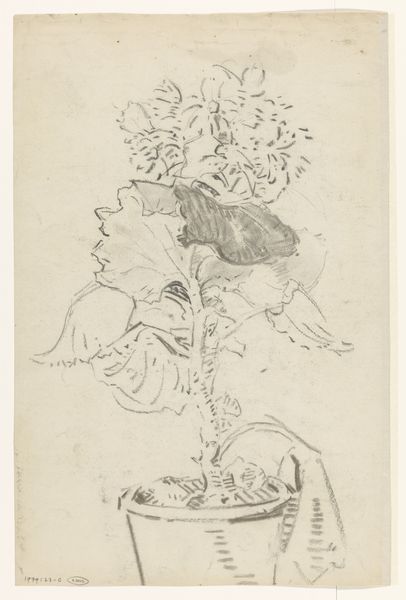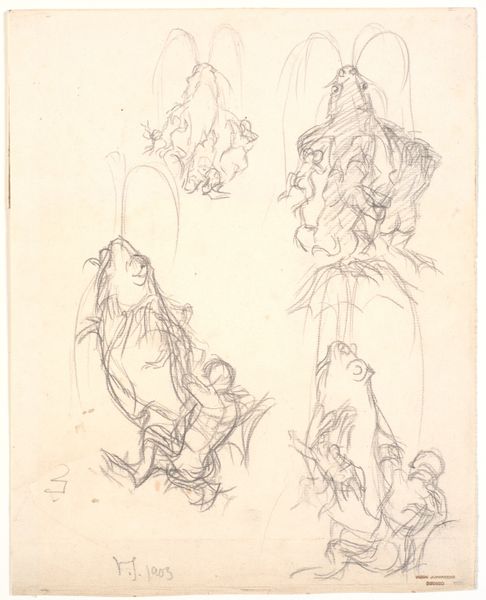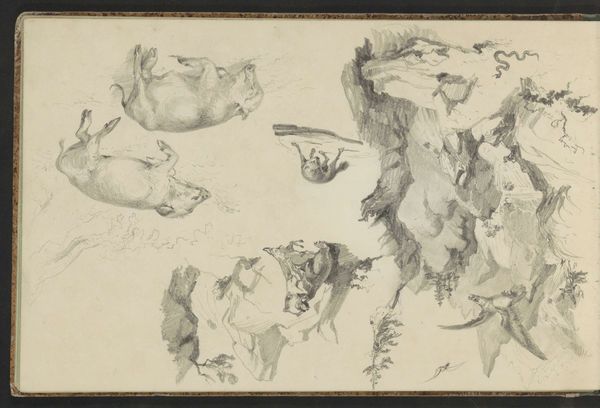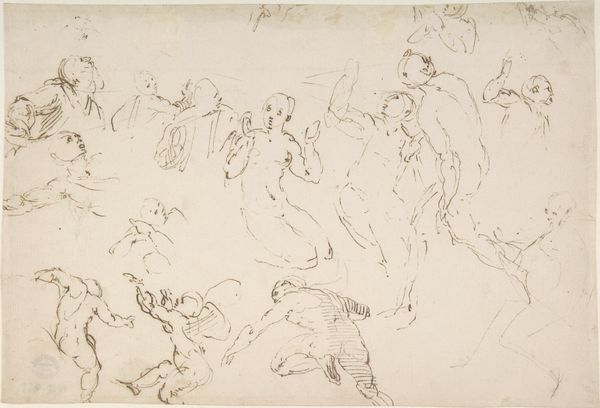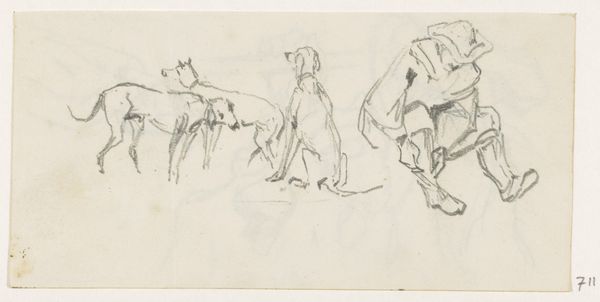
#
light pencil work
#
pen sketch
#
pencil sketch
#
personal sketchbook
#
sketchwork
#
ink drawing experimentation
#
pen-ink sketch
#
horse
#
sketchbook drawing
#
watercolour illustration
#
sketchbook art
Copyright: Rijks Museum: Open Domain
Wouter Verschuur rendered this study of "Paardenkoppen," or "Horse Heads" with pen and ink sometime in the 19th century. Verschuur, whose career took place against the backdrop of the Dutch Romantic movement, specialized in equestrian scenes. Horses in 19th-century Dutch art were more than just animals; they often served as symbols of power, wealth, and the agrarian lifestyle that was increasingly idealized as industrialization took hold. But there is also something of the animal itself that we can glean here; the horse was a partner, a co-laborer, and a central figure in rural life. Looking at these sketches, one can feel the artist's fascination with the animal. Each head is rendered with unique detail, capturing different expressions and angles. Beyond their aesthetic value, these studies are invaluable in understanding the cultural and economic importance of horses during Verschuur's time. It makes you wonder about the nature of labor, and the relationship between humans and animals.
Comments
No comments
Be the first to comment and join the conversation on the ultimate creative platform.

